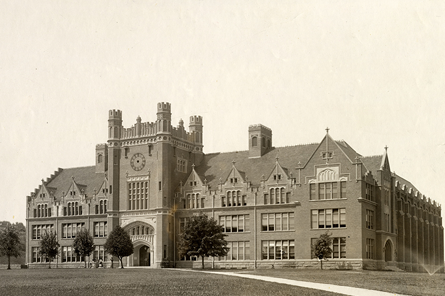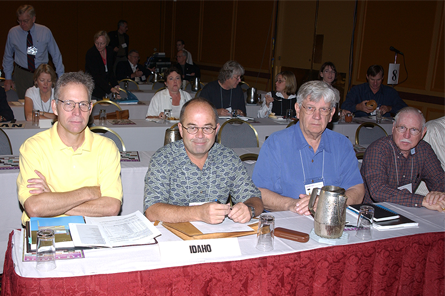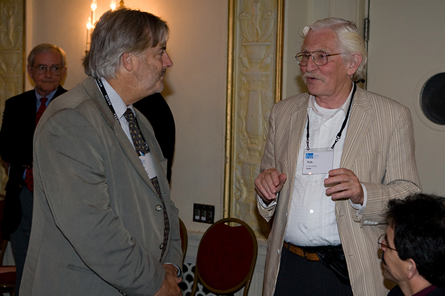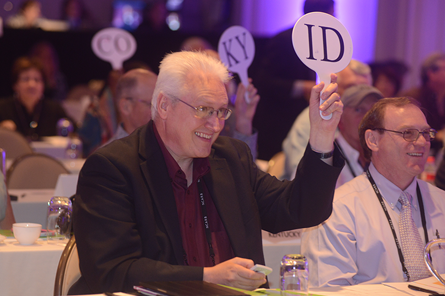Idaho
Law Passed: 1917 • Joined NCARB: 1921 • Region 6—Western (1963)
The Components of Licensure
Education
1917: A high school education and two years of college are required.
1923-24: The University of Idaho starts an architecture program.
1977: Applicants without a degree from an accredited program can complete eight years of experience as an alternative.
Experience
1917: Three years of experience are required.
1993: The IDP is required.
Examination
1917: Applicants must pass an examination or graduate from an approved architecture program.
1971: Idaho begins administering NCARB’s Professional and Equivalency examinations.
Noteworthy
The three most influential architects in the development of architectural legislation were Frederick C. Hummel, Theodore J. Prichard, and Clinton A. Sundberg. Each of these architects served on the Idaho Board of Architectural Examiners for more than 20 years. They were also inspired to look beyond the profession to the education of architects took a strong interest in the creation of architectural training programs.
In 1917, an application fee was $20 in Idaho. Over time, it rose to $25 for applicants applying through examination and $150 for endorsement applications.
The state of Idaho did not have an architectural program until the 1923-24 academic year. Between 1923 and 1929 the architectural program at the University of Idaho was overseen by two university architects, Rudolph Weaver and David C. Lang. After their departure, Theodore Prichard was hired in 1926 and fully developed the Art and Architecture program.
Notable People
First Chairman/President
Frederick C. Hummel, FAIA (Boise)
First Board Members
Burton E. Morse (Twin Falls)
George Williams (Coeur d’Alene)
J. B. Bover (Pocatello)
Curtis Richardson (Lewiston)
First License Issued
1917: Curtis Richardson (Lewiston)



